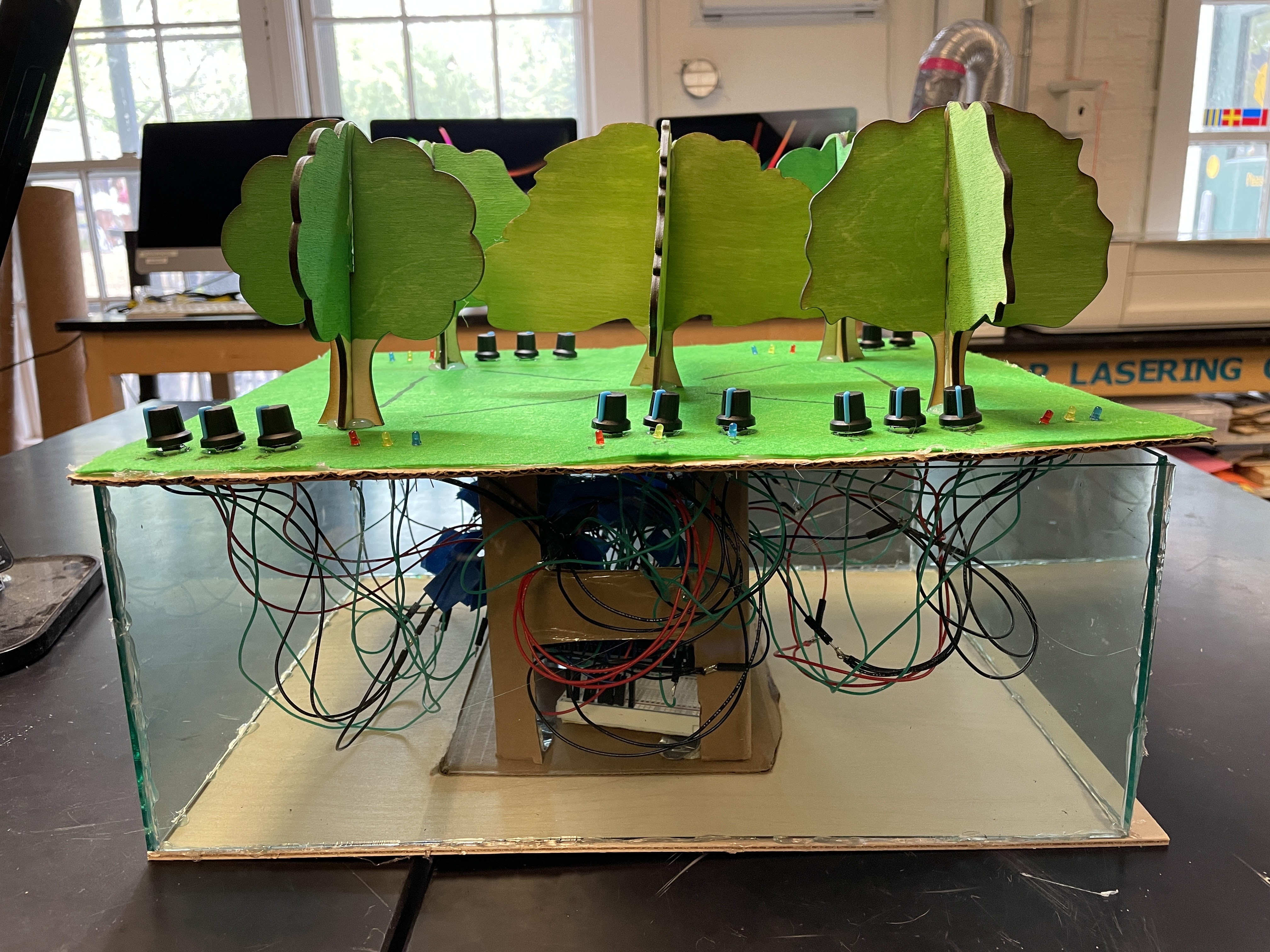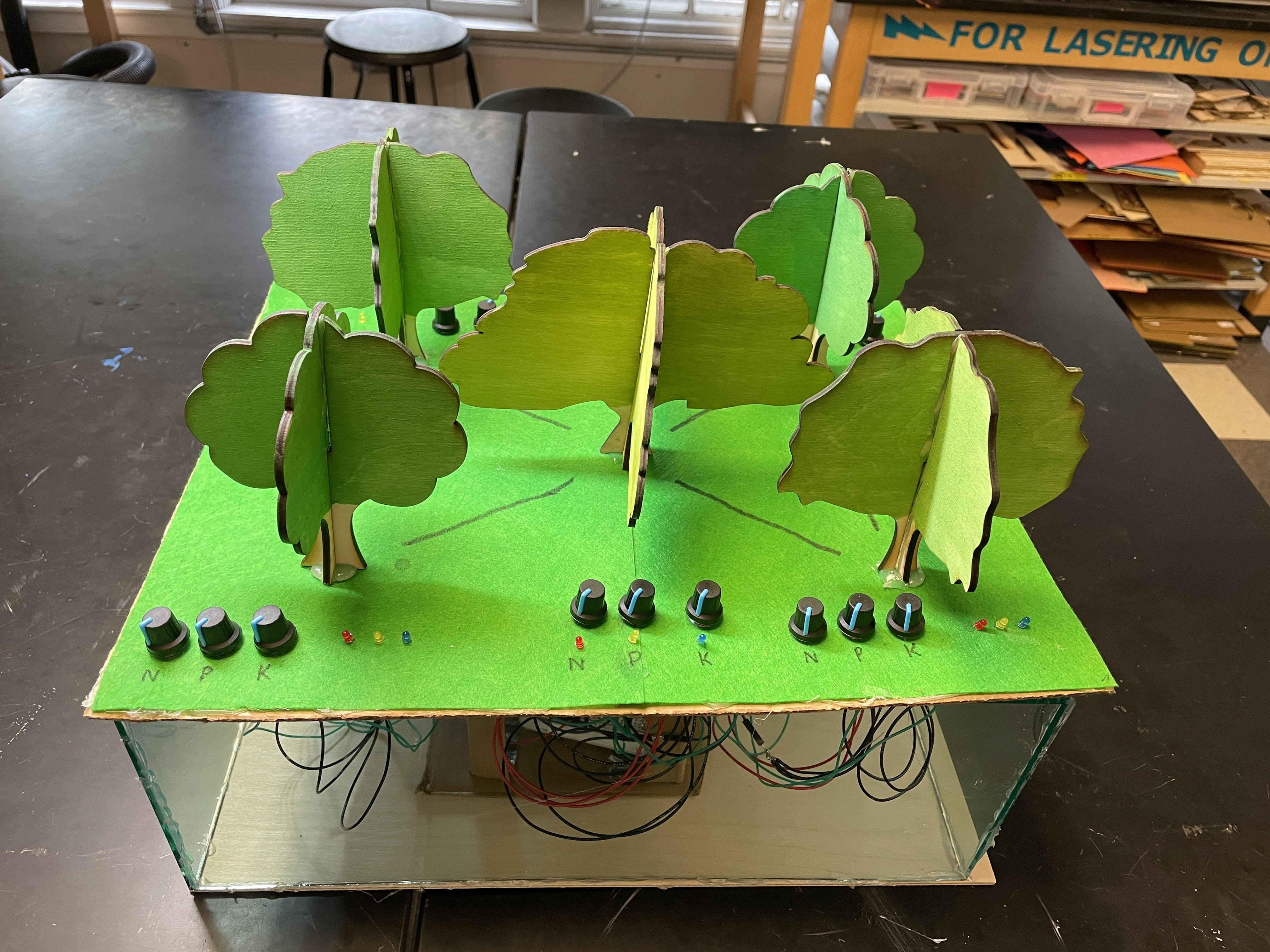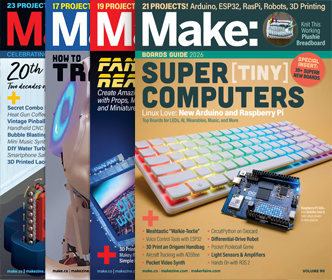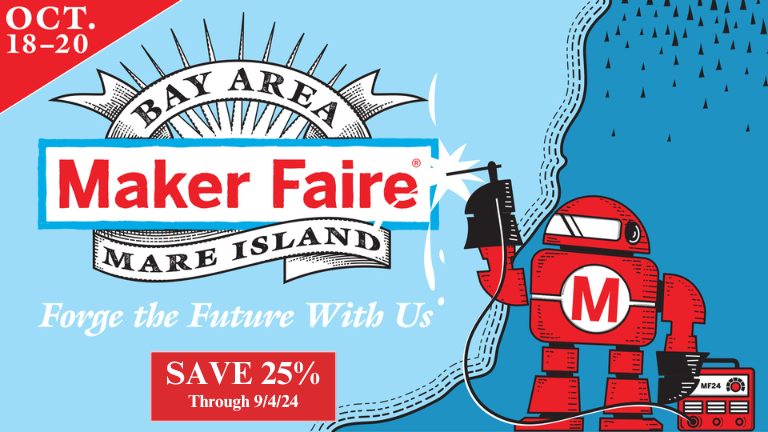How Plants Share Nutrients
By Sofia Egan
A simulation of how trees share nutrients through mycorrhizal networks.
Type: Education
Website: https://sites.google.com/view/tree-simulation-game-download/home



What inspired you or what is the idea that got you started?
For my science class, we had to do a research project on a topic that interested us. This could be anything we wanted, and my partner for the project and I both had an interest in plant communication. This project-centered around an 'essential question', which in the end, we chose to be 'How do plants share nutrients?'. For my section of the project, I had to make a 'Public Display of Science', which would show the science behind our essential question in action. I decided to make something that would simulate how trees share their nutrients, to help people better understand the mechanics of how it worked in a hands-on format.
What is your project about and how does it work?
My project is about how trees share nutrients through mycorrhizal networks underground. It shows how they do this by allowing the user to change three dials on five different trees, each corresponding to a nutrient that the trees need. These are nitrogen, phosphorus, and potassium, three of the most important nutrients for plants. When the user turns one of the dials, it changes how much of a nutrient the tree is getting from the soil, and therefore changes how much the tree needs or how much it can share. The position of each dial gets sent to an Arduino under the tree system, which takes those values and shares each tree's extra. The amount of each nutrient that each tree has after the Arduino's code shares it gets displayed on the LEDs on the board. These LEDs correspond to each tree and each of its nutrient levels.
What did you learn by doing this project?
I had been wanting to learn C++ for a while, as I only knew how to code in Python. This project allowed me to learn a lot of it because the simulation ran on an Arduino, and this will help me do a lot more projects in the future. In the research phase of this project, I learned about how to effectively research a topic that I knew very little about and had no guidance in finding reliable sources for. As well as this, I learned a lot about trees and how they communicate underground which I hadn't known anything about before doing this project.
What impact does your project have on others as well as yourself?
This project teaches people about how trees share nutrients through mycorrhizal networks in a hands-on way that can be much more effective than watching a video that they might not understand. When someone can learn about this topic through moving the dials and experiencing the way it works themselves, they remember what they learned and can understand the mechanics of it much better. The average person isn't going to read through arduously long scientific papers to learn about a relatively obscure topic that they've never heard of, so teaching it to them in a more accessible, easy-to-understand format will help more people learn and understand this interesting and important part of our forests and our world.





